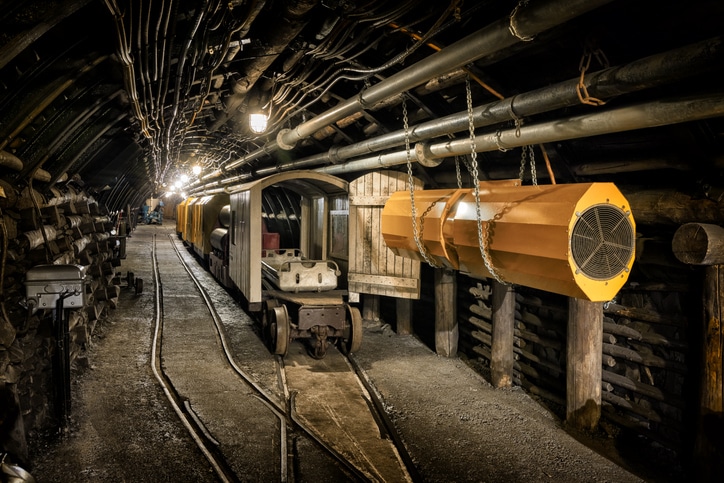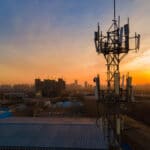How IoT in Mining is Driving Performance
As we dig deeper into the earth, mining ventures become riskier, costlier, and more volatile. The current situation surrounding the commodity market, ore grades, energy costs, and operating conditions also pose additional challenges. Digital transformation is key to keeping mining operations viable in the coming years, whether it’s directional drilling, underground mining, or hydro-excavating.
The goal of digital transformation in the mining industry should be to create the “Connected Mine” that works on improving mining communications, the introduction of better sensory networks, and increasing overall productivity and safety.
Here are a few ways how IoT in mining has already started helping companies create better workflows, ensure mining efficiency, and strengthen their bottom line as a whole.
The Advancement of Mining Technology
Basic Functionality Improvements
There are three core advancements that digitization will help mining companies achieve include:
- Improved asset tracking
- Remote diagnostics and troubleshooting
- Predictive maintenance of assets
The mining industry is an asset-intensive industry. Everything, from the pumps and fans to directional excavation machinery, needs to be kept well-maintained and ready for use. With the help of wireless services, particularly IoT sensors, companies can monitor the condition of an asset before something goes wrong.
Some important aspects that these sensors can help identify include:
- Pressure
- Vibrations
- Flow rates
- Temperature
- Engine telemetry, and more.
Remote troubleshooting and tracking across the entire mine, along with specific, tailored analytical models, corrective maintenance, predictive maintenance, inventory levels, and many other aspects of a given project can be monitored closely in order to prevent asset downtime.
Environmental Monitoring
Carbon emissions from machinery and toxic gases like methane can present serious health issues for workers who are working underground and for the environment as a whole. Stationary and mobile gas detectors are also now including particle sensors, emission level monitors, and threshold limiters that automatically shut down everything when environment safety thresholds are met.
Mining operators can use the data from these sensors to track real-time underground changes and pump water or gas inflows quickly to avoid contamination, explosions, or other mishaps.
Blast & Seismic Monitoring
Blasting is a very common technique used in the mining industry. Hydro excavating and directional drilling are also common, but they don’t have such extensive seismic aftershocks as blasting. By installing wireless, disposable sensors deep into mines other than the one being excavated or blasted, operators can ensure a safe work environment for the miners.
Aftershocks can be monitored, and risks can be identified beforehand. Furthermore, these sensors can identify if any toxic gases are being released. Instead of waiting for hours to ensure that the gas has been pumped out, these sensors identify when the atmosphere within is safe for operations.
IoT has also introduced wearable event reporting and rock bold monitoring tools, ventilation on demand (VoD) tags, and other wireless connectivity features. The goal is to harvest large-scale data and study the earth via the ‘connected mine’ structure for better identification of deposits.
If you would like to learn more about how IoT is reshaping the mining industry and driving performance or have a specific wireless service project that involves IoT, get in contact with Americom today. Our excavating and technological experience is sure to help you find just the solution to suit your needs!




